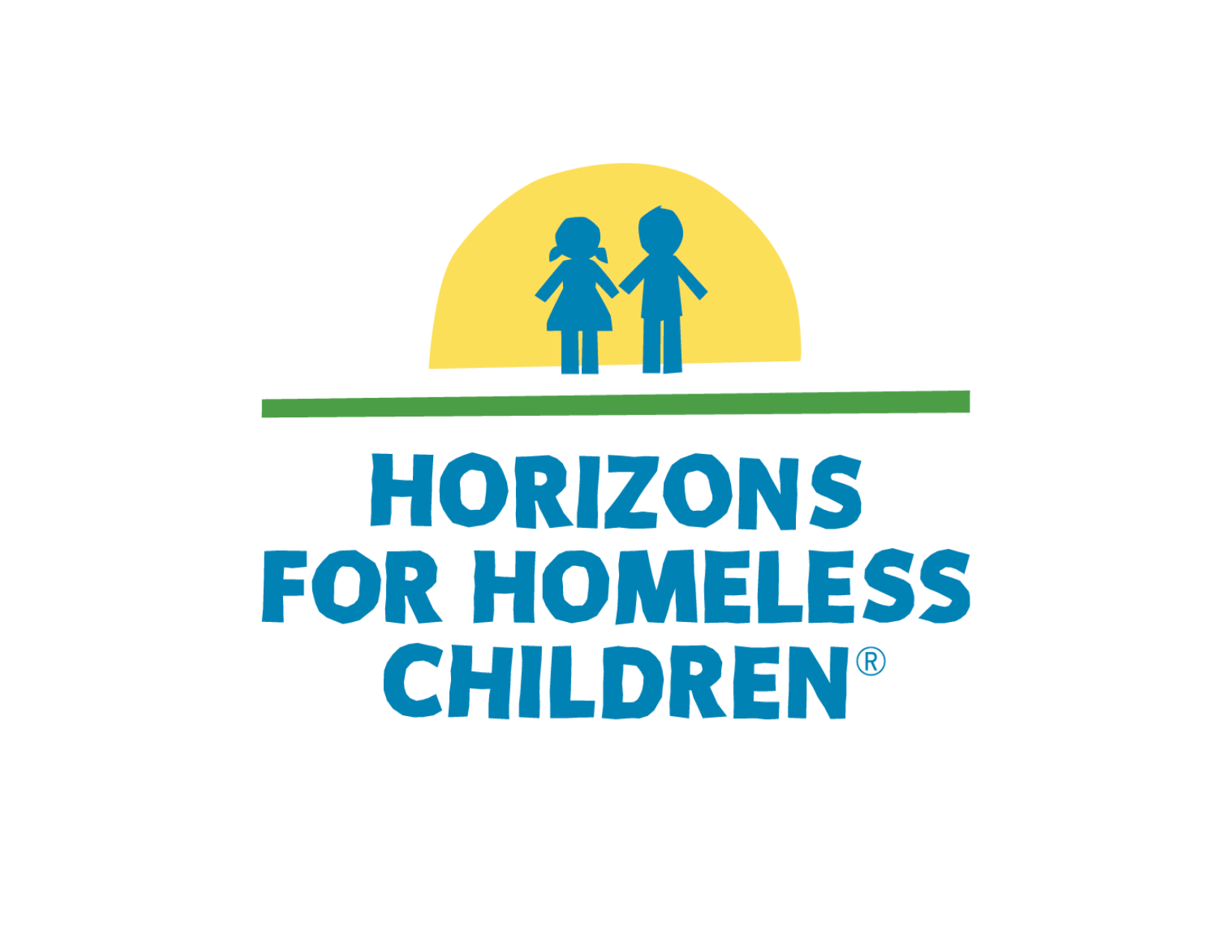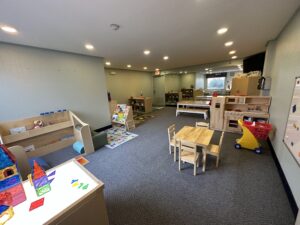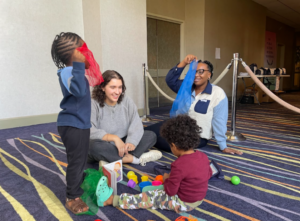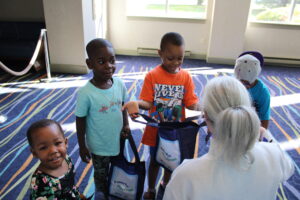TIP SHEET: Creating a Calm Environment
- por adrag
You build towers. You knock over towers. You play a mean game of “Simons Says.” You can sing the Wheels on the Bus with the best of them. At Horizons, there are always exciting things happening in our Playspaces, but for children—and even sometimes for adults—“exciting” can quickly become “too exciting.” Young children are especially prone to becoming overwhelmed. Great PALs create stimulating environments, but it’s important to take steps so that children in your Playspace don’t become overstimulated, which can lead to distress and tantrums and create a chaotic experience for children and for PALs.
PROACTIVE STEPS
- Maintain Routine
You can play a part in stopping overwhelming feelings before they start by creating a space in which children know exactly what to expect. Collaborate with your co-PALs and make sure you have created a structure for all of your shifts! - Forecast Changes
Wouldn’t it be great if our routine was never disrupted? Unfortunately, we know it doesn’t always work this way, and even when it does, it’s easy to get frustrated when transitioning from one activity to the next. In order to avoid meltdowns and anxiety around change, forecast what is coming next so that kids always know what they can expect to happen next! This can be as simple as saying “Just so you know, we’re going to play with the blocks for 5 more minutes and then it will be time for clean-up.” - Set-Up your Environment for Success
If you know that children are going to be all running straight for the bin with the cars and that having 30 miniature trucks on the ground before you can even say “hello” might lead to chaos, remove the bin before the children arrive—you can easily dispense them one by one when the time comes. Similarly, if you know that two children feed off of each other’s energy to the point that they become unruly—divide and conquer! Engage the children in separate groups to avoid the collaborative meltdown.
REACTIVE STEPS
Calming Activities
- Yoga: While children might not be chanting Namaste right away, even young children can benefit from a few calming yoga moves. Asking children to do things that make them focus on controlling their bodies is a good way to help them learn to self-regulate. Prompts like “who can show me the best tree?” are really useful!
- Songs: Music is a great way to help children calm their bodies! Utilize songs like “Head and Shoulder Knees and Toes” which can start at a fast pace and slowly wind down to a SLOW MOTION version. This gives children another chance to control their bodies.
- Breathing Exercises: Try the “Flowers and Bubbles Breathing” activity listed in your PALs Activity Guide. Having children use their imagination and take deep breaths means not only are you helping to combat the overstimulation, but you’re also activating their creativity—it’s a win/win!
Modify Your Environment
When it seems like everyone is a little overstimulated, you can easily change the stimulus. Direct children to a different area in the Playspace, initiate a clean-up session so things are less hectic. Remember, you have control over much of the space.
Remain Calm Children will follow your lead!




